I visited Greece between June 7th and 16th. It was a family trip, so I restricted myself mammalwise to one main goal: observing Balkan Chamois at Mt. Olympus. –
Mt. Olympus is the highest mountain in Greece. The highest peak, Mytikas, rises to 2.917 metres. In Greek mythology Mt. Olympus is the home of the Greek gods. It was declared a National Park in 1938.
There are generally four sequential flora belts consisting of a Mediterranean zone (with strawberry trees), an evergreen broadleaf trees zone (with beech and black pine), a boreal coniferous zone (with bosnian pine) and the treeless high mountain zone (alpine tundra). A particularly rich variety of trees and shrubs is found in Enipeas‘ gorge.
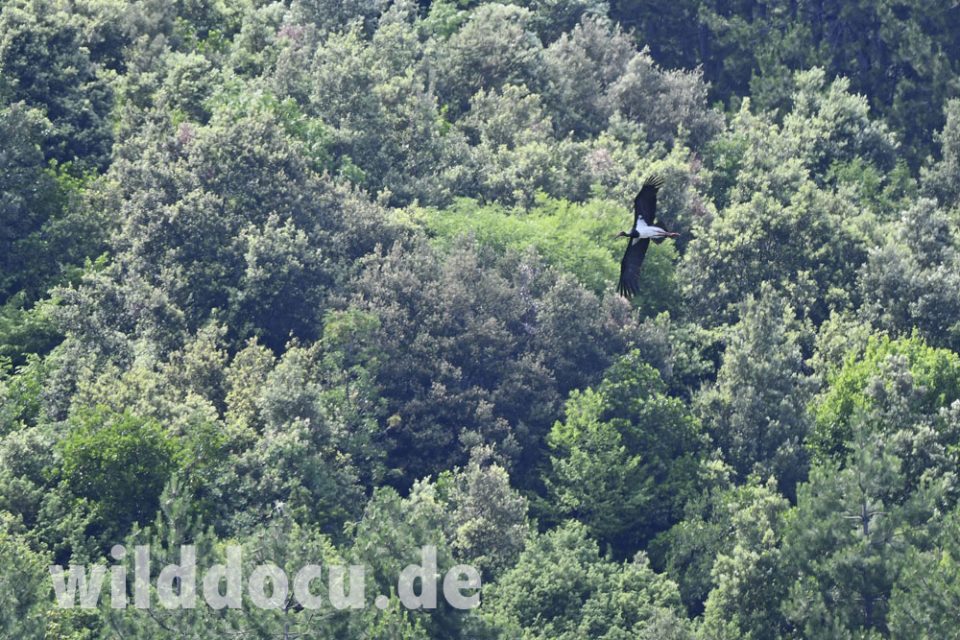
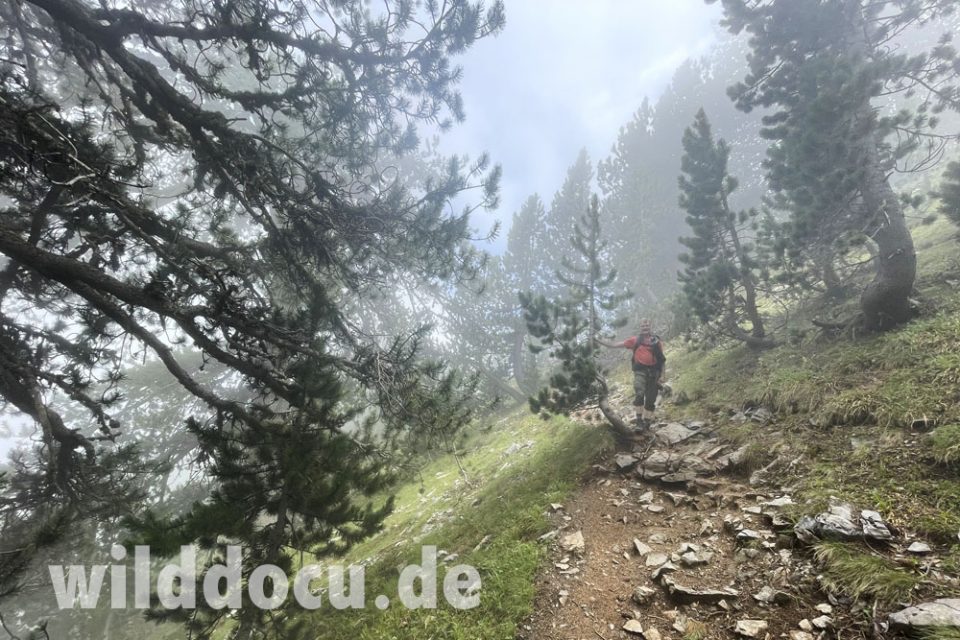
Large mammals, that lived formerly in the region, like Red Deer, Brown Bear and Lion have disappeared. According to the National Park authorities 35 species of mammals can still be detected within the park, including Balkan Chamois, Roe Deer, Wild Boar, Wildcat, Badger, Beech Marten, Red Fox and Red Squirrel, Yellow-necked Mouse, Edible Dormouse, Hazel Dormouse and Wild Cat. Caves harbour Parti-colored Bat, Common Pipistrelle, Savi’s Pipistrelle, Greater Horseshoe Bat and others.
The usual starting point for climbing Mt. Olympus is the town of Litochoro, which is connected to the Greek rail network. The nearest international airport is at Thessaloniki. To avoid flying we went on a roadtrip for three days (one way) from Germany. At Litochoro there is the Olympus National Park Information Center. It informs about geology, archaeological sites, mythology, monasteries, plants, animals and other subjects concerning Mt. Olympus.
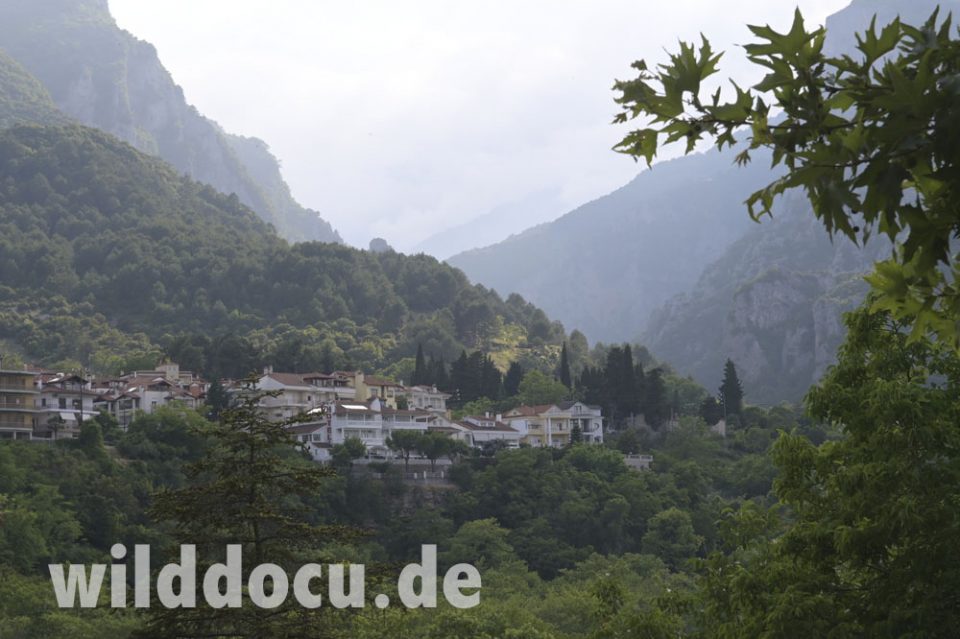
June is a good time to climb Mt. Olympos. The trails are generally snow free and temperatures are bearable. But expect thunderstorm in the afternoons. This time of the year is less crowdy, but your are still advised to make reservations with the refuge wardens.
On arrival in Litochoro we explore Enipeas’ gorge, where we find a European Cat Snake – Europäische Katzennatter (Telescopus fallax). Later back in town I record bats with an Echo Meter Touch 2 / wildlife acoustics.
(Please note that this device records “the most likely species”. So inaccuracies have to be considered. Dr. Panagiotis Georgiakakis from the Natural History Museum of Crete wrote me that for example „discriminating Pipistrellus kuhlii from Pipistrellus nathusii is almost impossible without social calls and even discrimination from Hypsugo savii is difficult.„)
The following bat species I record between 21:20 and 21:36: Noctule – Abendsegler (Nyctalus noctula) – 13 recordings; European Free-tailed Bat – Europäische Bulldoggfledermaus (Tadarida teniotis) – 2 recordings; Giant Noctule – Riesenabendsegler (Nyctalus lasiopterus) – 2 recordings; Savi’s Pipistrelle – Alpenfledermaus (Hypsugo savii) – 2 recordings; Northern Bat – Nordfledermaus (Eptesicus nilssonii) – 1 recording. (Dr. Georgiakakis wrote me that the last-named species has never been found in Greece.)
The next day we drive to a place called Prionia above Litochoro, the highest parking lot at 1.100 m. From there it is about a 3 hours hike to reach the refuge Spilios Agapitos, where we stay for two nights. In the afternoon of the first day we explore the area above the refuge and climb to the edge of the boreal zone. Sure enough we get caught in a thunderstorm that turns into a hailstorm. We are accompanied by one of the dogs from the refuge. He seeks shelter under a Bosnian Pine. We think that this is not a bad idea and follow him under the tree. While waiting I detect a male Balkan Chamois doing the same thing under a neighbouring tree. I have documented Chamois running for cover under overhanging rocks, but this is the first time I see one seeking shelter under a tree. Cool!
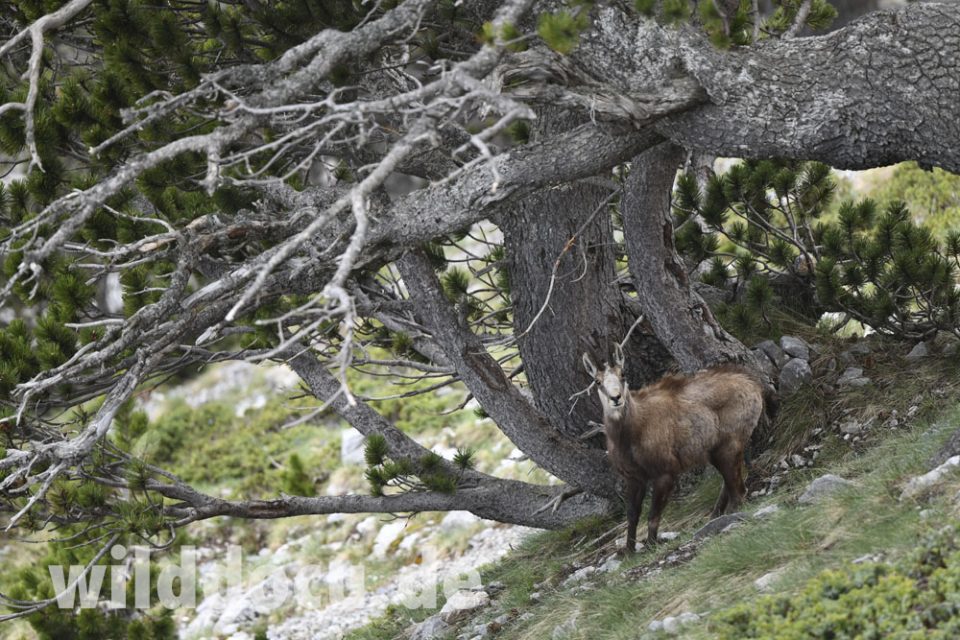

Eventually the Chamois bolts – I blame the dog – and I manage to take last pictures of the Chamois standing in the open. Because we start to freeze in the storm we decide to move from tree to tree until we reach the dense forest and eventually the refuge.
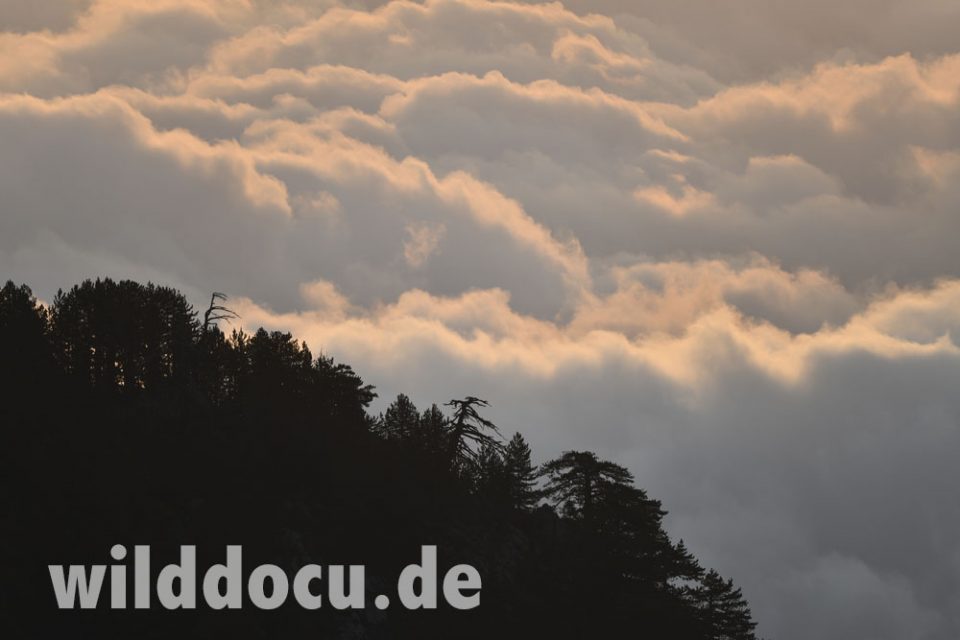
The next day we climb Skala Peak. During the ascent and descent we have five occasions to observe Chamois – three single animals, one group of two and one herd of ten with females and young, including a kindergarten with five young.
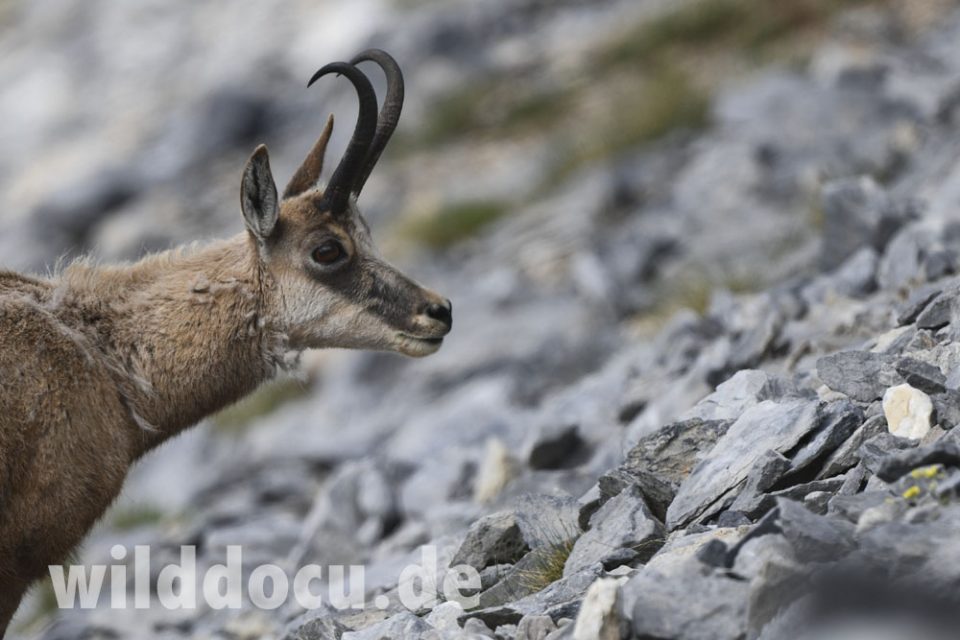
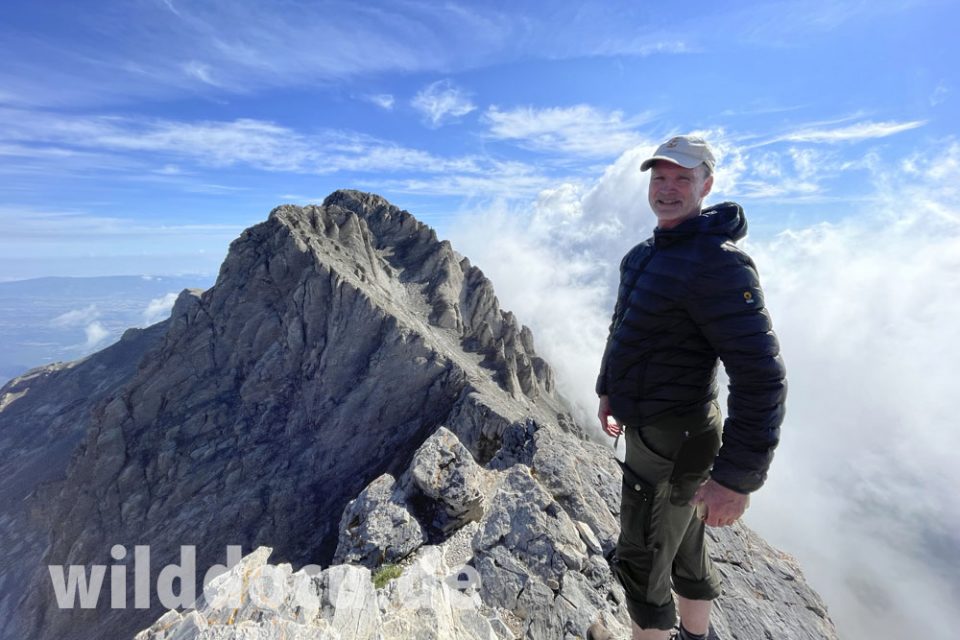
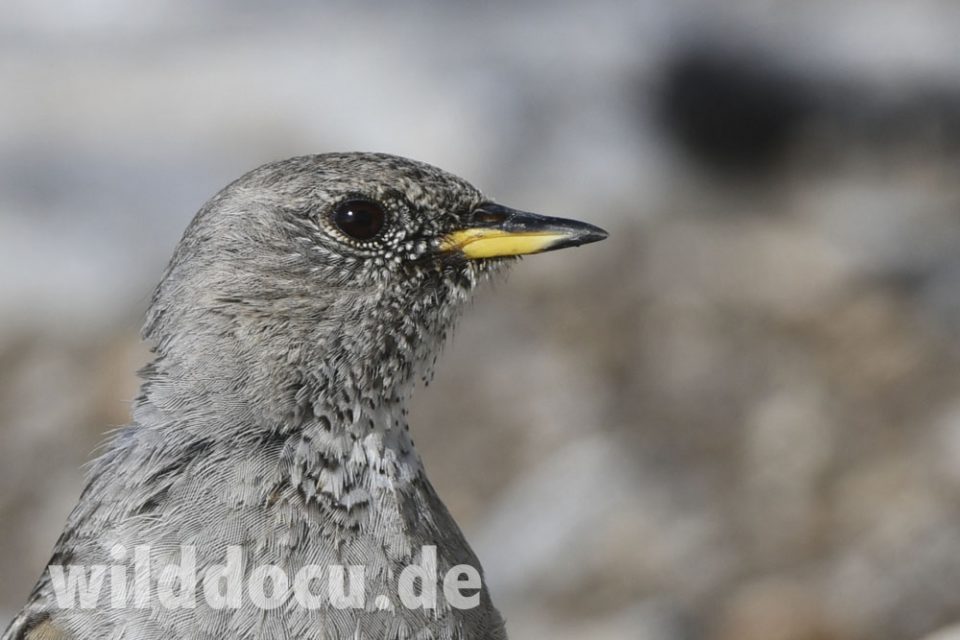
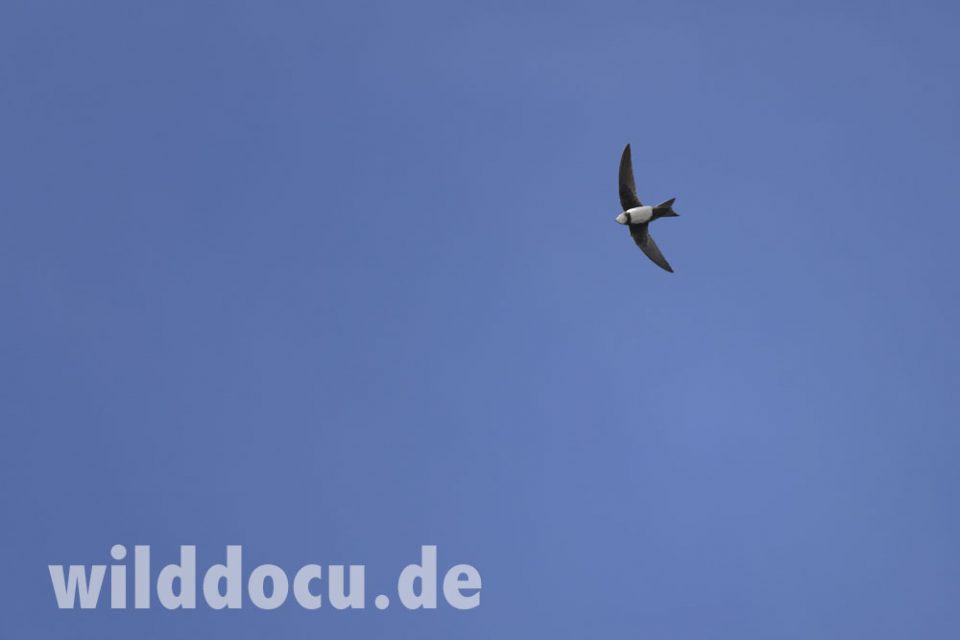
Back at the refuge the warden tells me that they dispose food leftovers near the building. This attracts Red Foxes. And also Red Squirrels can be seen, which we don’t. I guess without the dogs this would be easier. The next day we leave for Litochoro.
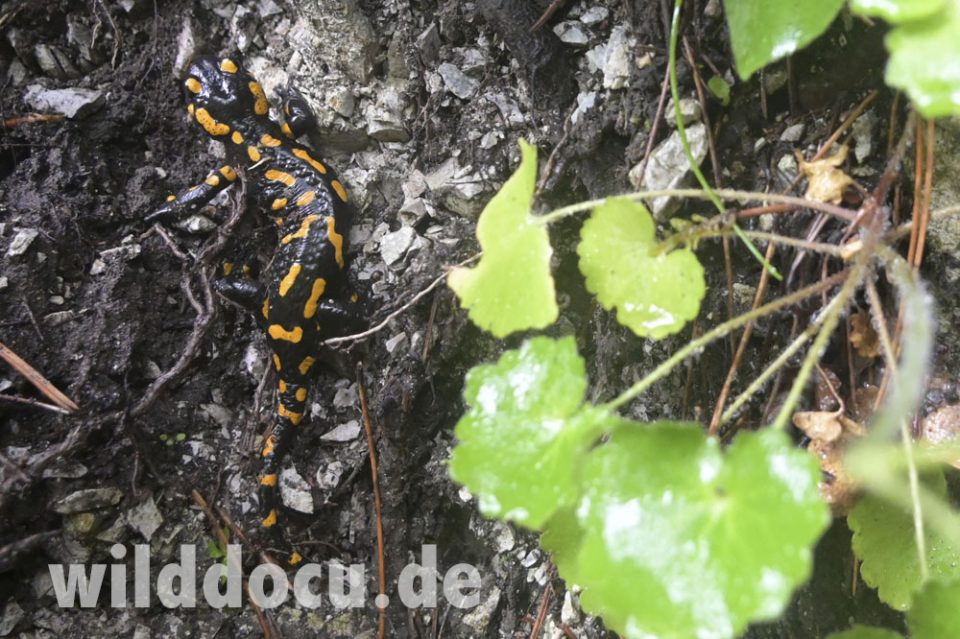
On our way back toward the South of Greece we stop at the famous Meteora monasteries and spend one night on a camp ground. Around 21:50 I record Kuhl’s Pipistrelle – Weißrandfledermaus (Pipistrellus kuhlii) – 5 recordings; Nathusius Pipistrelle – Rauhautfledermaus (Pipistrellus nathusii) – 3 recordings; Common Bent-winged Bat – Langflügelfledermaus (Miniopterus schreibersii) – 1 recording.
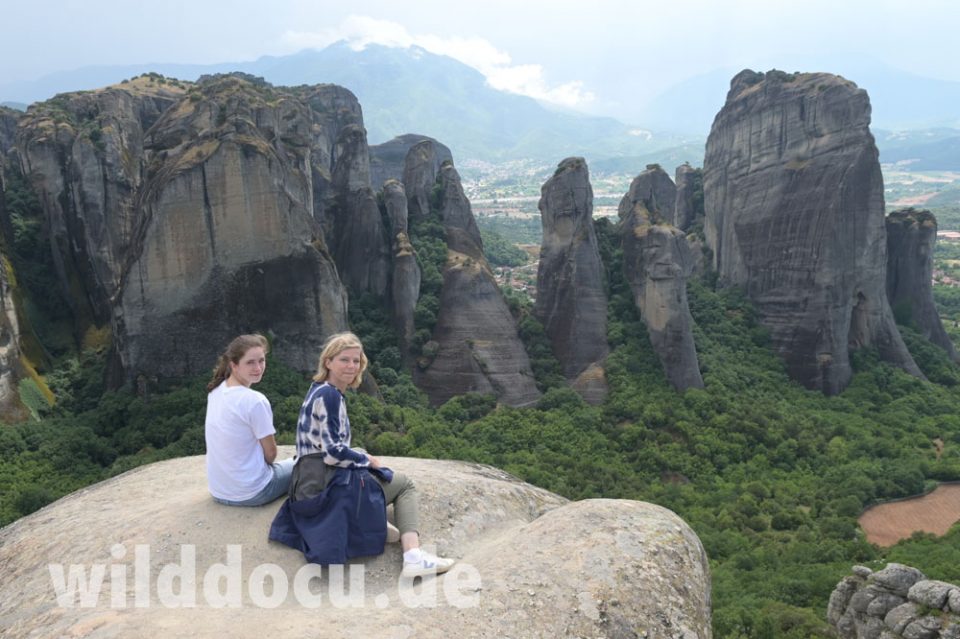
We spend a few more days on Lefkada Island. At “Anerada Mediterranean Houses” I record the following bats during two evenings: European Free-tailed Bat – Europäische Bulldoggfledermaus (Tadarida teniotis) – 7 recordings; Kuhl’s Pipistrelle – Weißrandfledermaus (Pipistrellus kuhlii) – 6 recordings; Savi’s Pipistrelle – Alpenfledermaus (Hypsugo savii) – 2 recordings; Nathusius Pipistrelle – Rauhautfledermaus (Pipistrellus nathusii) – 2 recordings. During my notes on Lefkada I see only once a bat flying during dusk. It is big and flying fast. The two recorded Pipistrellus species and Savi’s Pipistrelle are small. So I reckon the specimen seen must be a European Free-tailed Bat.
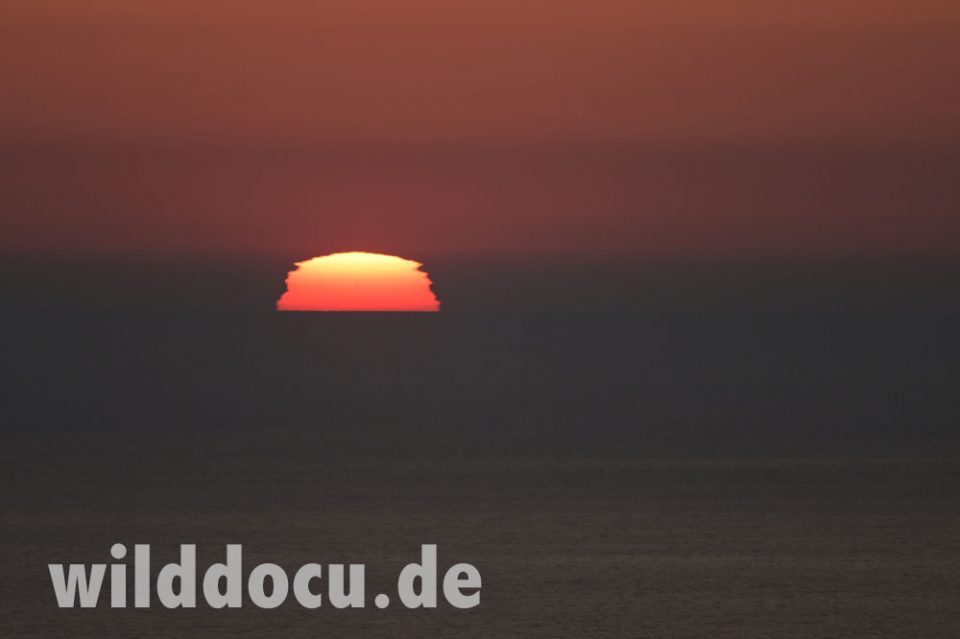
Otherwise a Western Broad-toothed Field Mouse (Apodemus epimelas) gives great pleasure, which I find in a stone wall in the garden of our rented house, 100 vertical meters above the shore; surrounded by Macchia.
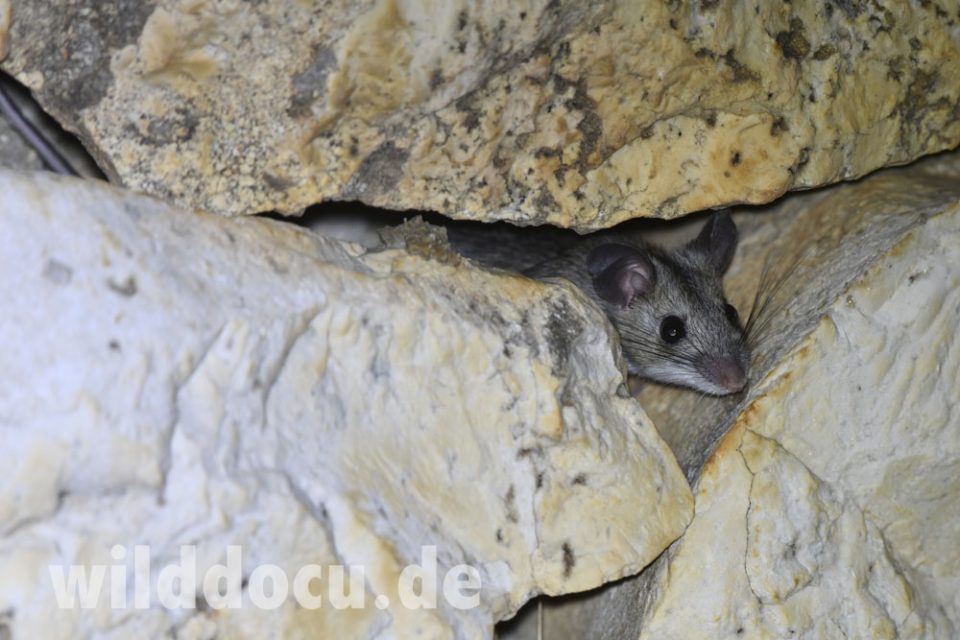
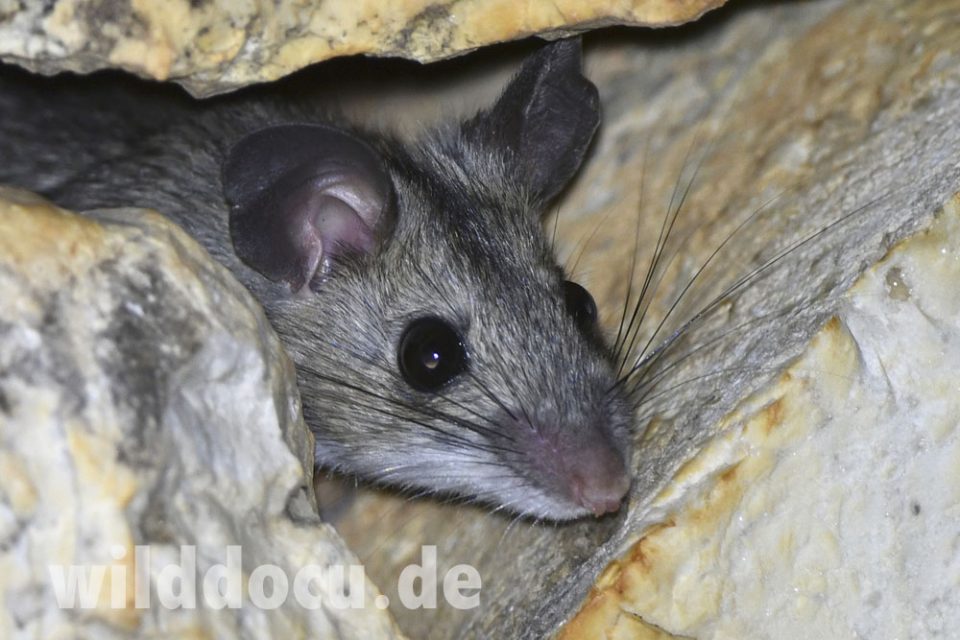
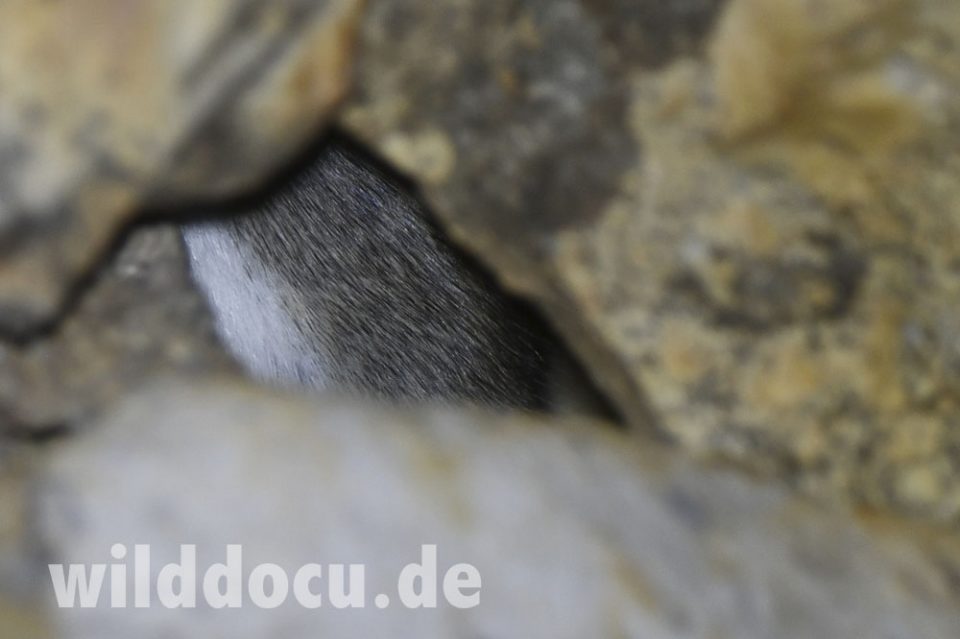
Greece is great. I’ll come again.
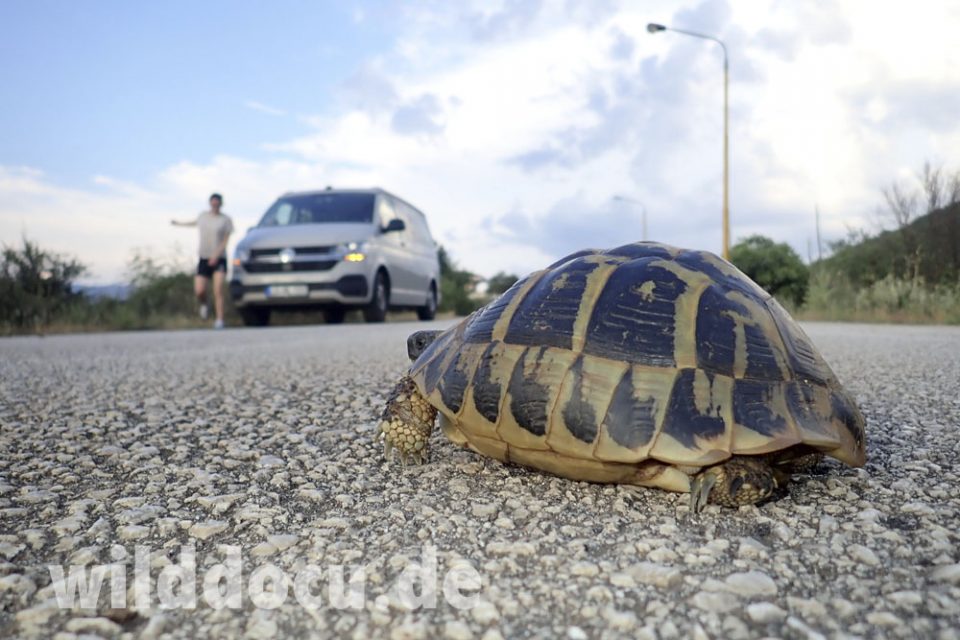

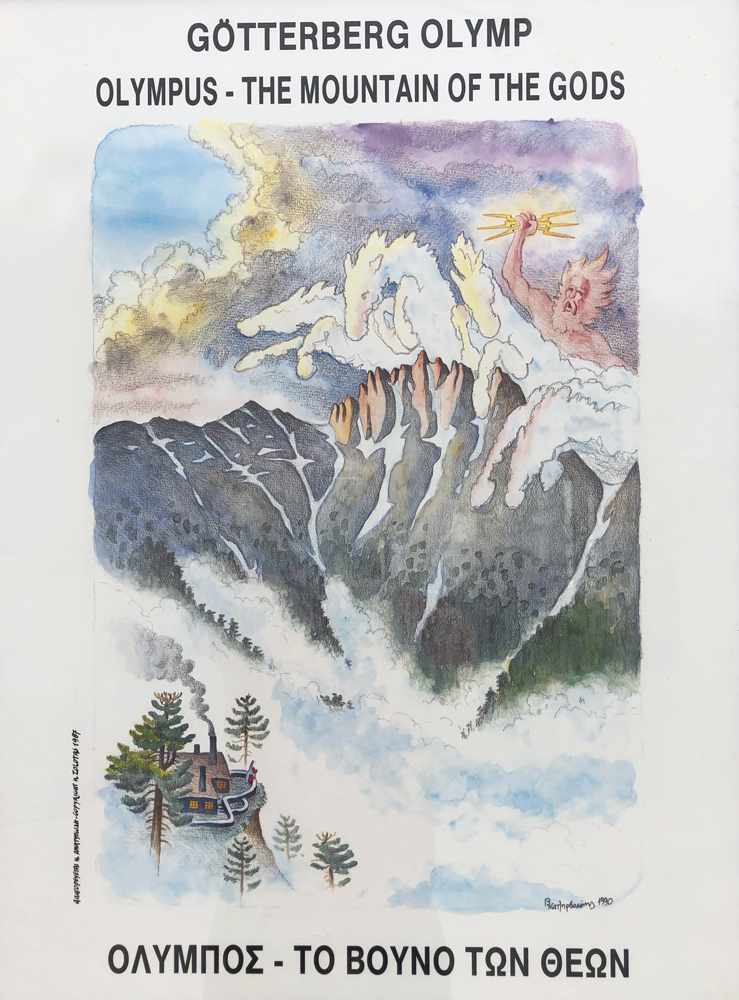
Schreibe einen Kommentar